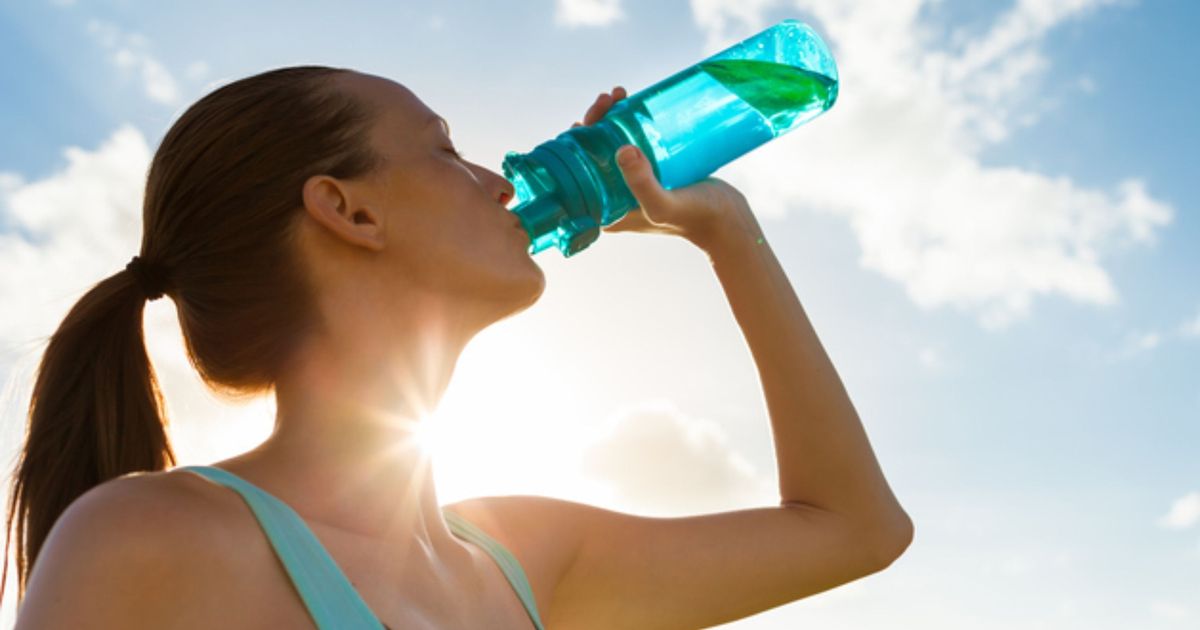How To Properly Prevent, Treat, And Heal A Sunburn
Second And Third-Degree

A second-degree burn can be either superficial or deep. With a superficial burn, blisters develop on the skin, and damage occurs on both the epidermis as well as the upper dermis. Using bandages and ointment on parts of the skin that are broken or raw, a superficial sunburn can heal without scarring in just under two weeks. On the other hand, a deep second-degree burn penetrates all the way through to the deep dermis. With a deep second degree burn, both scarring and blistering occur, which can take up to a month to heal. A deep second-degree burn is often treated in two ways, with bandages and ointments to protect the vulnerable skin and also with antibiotics. These burns may require surgery to correct.
A third-degree burn affects all layers of the skin: the epidermis, the dermis, and the fat layer beneath. Some third-degree burns can go through muscle all the way to the bone. They are intensely painful and can take many months for treatment and full recovery. Thankfully, it is unlikely for sun exposure to cause third-degree burns.
Stay Hydrated

As a sunburn heals, the body often pulls fluid up to the skin's surface, and this can mean there is insufficient fluid for the rest of the body. To reduce the risk of dehydration, a recognized complication of sunburns, patients should ensure they stay hydrated throughout the healing process. Doctors recommend drinking at least eight glasses of water each day, and patients could need as much as two to three liters of water per day in cases where they have a sunburn. While water is the most hydrating option, juices and sports drinks also provide hydration. Patients recovering from a sunburn should monitor themselves for potential signs of dehydration. If extreme thirst, chills, rapid pulse, vomiting, or nausea develop, patients should seek emergency medical attention.
